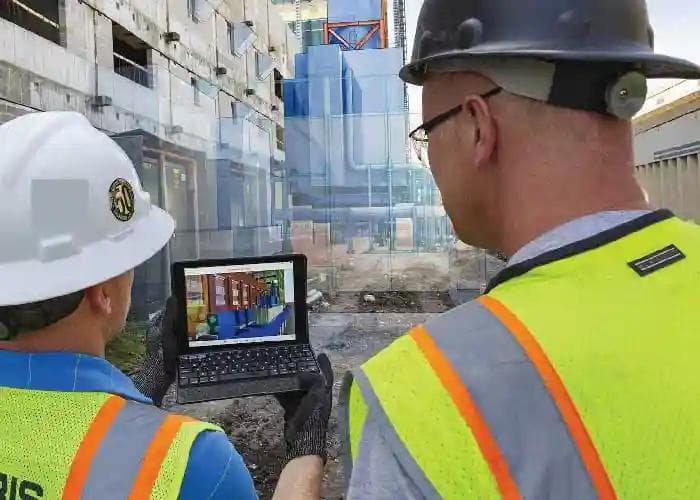
Published by:
Dalibor Vuchikj
8 Aug 2024
My vision is to support companies and organizations in the development and implementation of mechanical engineering and operational projects. As a Mechanical Engineer by education, combined with a deep passion for new technologies. Specialize in offering cutting-edge digital methods and technologies, including 3D scanning, intelligent 3D modeling, documentation, 3D data processing and optimization, analysis, simulations, VR integration, and more.
Enhancing Safety in Factory Layouts with Extended Reality (VR and AR)
In today's fast-paced manufacturing environment, ensuring safety is more critical than ever. The integration of Extended Reality (XR) technologies into factory layout design is revolutionizing how safety is approached and maintained in industrial settings. XR technologies, including Virtual Reality (VR), Augmented Reality (AR), and Mixed Reality (MR), offer immersive and interactive tools that enable engineers and safety managers to anticipate potential hazards, optimize workflows, and design safer workspaces.
Proactive Safety Planning
By utilizing XR, factory layouts can be analyzed in a virtual environment before any physical changes are made. This allows safety teams to identify potential risks, such as equipment collisions, insufficient emergency exits, or ergonomic issues that might not be apparent in traditional 2D plans or CAD models. VR simulations enable users to walk through the factory layout at full scale, providing a realistic view of the environment and helping to spot safety hazards early in the design process.
Risk Mitigation and Training
AR can overlay critical safety information directly onto the physical workspace, guiding workers through complex tasks with real-time data and instructions. This not only improves operational safety but also enhances training programs. Workers can be trained in a virtual environment that mimics real-world conditions, allowing them to experience and respond to potential emergencies without exposure to actual danger.
Continuous Safety Improvement
XR also supports ongoing safety management by enabling continuous monitoring and assessment of factory layouts. Changes to the layout or processes can be tested in a virtual space before implementation, ensuring that safety standards are maintained. Additionally, XR can be used to simulate and analyze the impact of various scenarios, such as equipment failures or changes in production flow, to ensure that safety protocols are robust and adaptable.
Conclusion
Incorporating XR into factory layout safety analysis not only enhances the design process but also provides a proactive approach to risk management. By identifying and addressing safety concerns early, companies can create safer, more efficient work environments, ultimately reducing accidents and improving overall productivity.